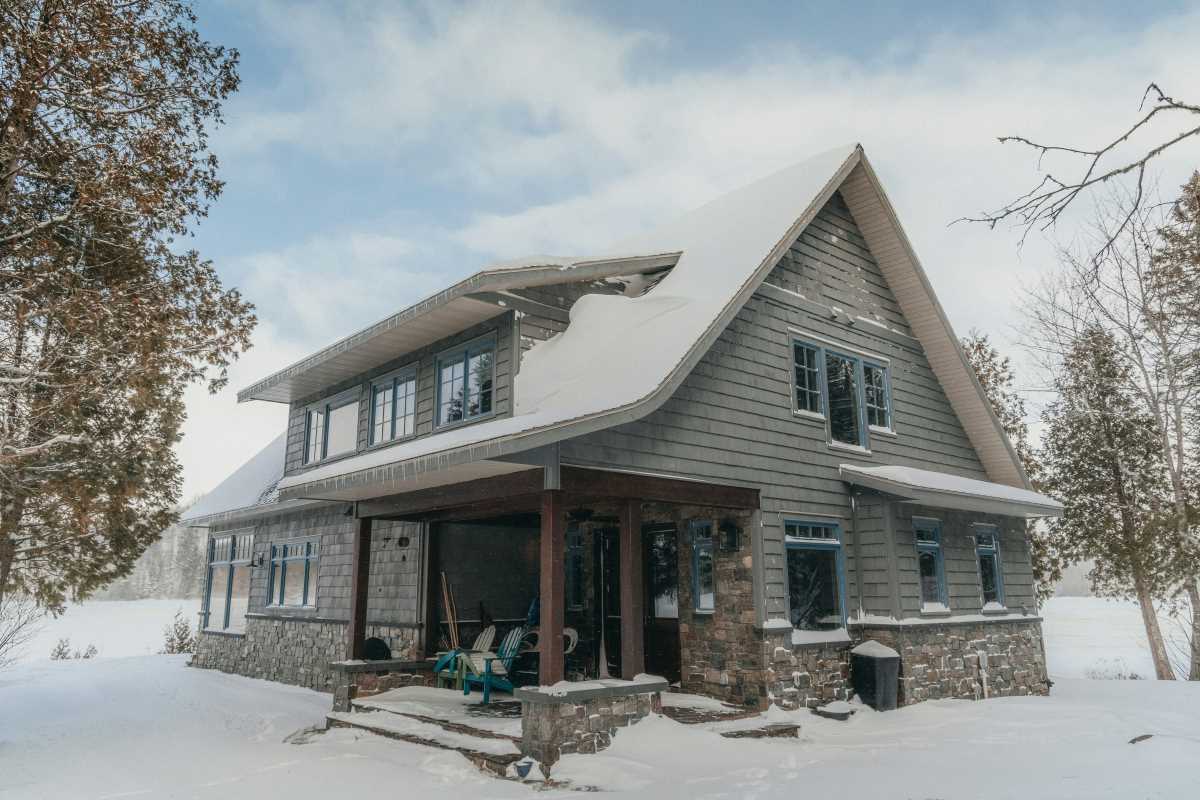The world around us is rapidly changing due to climate change, and our homes are often the first to feel its effects. As sea levels climb and weather patterns become more erratic, it is crucial to prioritize the protection of your home. Ensuring that your property can withstand these changes is more important than ever. A practical approach to securing your home and maintaining your peace of mind involves opting for weather-proof insurance plans. These tailored insurance options not only cover damage from extreme weather events but also help homeowners bolster their properties against future climate-related challenges, offering both support and reassurance in uncertain times.
The Importance of Preparing Homes for Climate Change
As climate change accelerates, the risks to our homes increase significantly. Understanding these risks serves as the first step in preparing effectively. Here are some key climate-related threats to consider:
- Flooding: With sea levels rising and storms becoming more intense, flood risk escalates, especially in coastal and low-lying areas.
- Extreme Temperatures: Both heatwaves and cold spells can cause structural damage and increase energy costs for maintaining comfortable indoor environments.
- Hurricanes and Tornadoes: Powerful storms can lead to extensive property damage, including roof destruction and foundation issues.
- Droughts and Wildfires: Extended dry periods increase the risk of wildfires and can lead to water shortages, affecting both the structure and functionality of homes.
- Seismic Activity: In some regions, changing climate patterns may influence geological stability, increasing the likelihood of earthquakes.
Understanding Weather-Proof Insurance Plans
Weather-proof insurance plans consist of specialized policies designed to cover damages resulting from extreme weather conditions. Unlike standard homeowners insurance, these plans address specific climate-related risks, providing more comprehensive coverage. They help cover repair costs after an event and often include resources and incentives for homeowners to strengthen their properties against future incidents.
These insurance plans can tailor to fit the unique needs of a home based on its location, construction type, and the specific climate risks it faces. By understanding the scope of coverage and the options available, homeowners can make informed decisions that best protect their investments.
Benefits of Weather-Proof Insurance
- Comprehensive Coverage: Provides protection against a wide range of climate-related damages, ensuring that homeowners do not remain vulnerable after a disaster.
- Financial Security: Helps reduce the financial burden of repairs and replacements, preventing significant out-of-pocket expenses during emergencies.
- Encourages Resilience: Often includes incentives for homeowners to implement preventive measures, leading to more resilient and safer homes.
- Peace of Mind: Knowing that your home has protection allows you to focus on other aspects of life without constant worry about potential climate threats.
- Property Value Protection: Maintains the value of your home by ensuring it remains in good condition, even after adverse weather events.
Choosing the Right Insurance Plan
Selecting the appropriate insurance plan involves assessing your home's specific needs and the climate risks in your area. Comparing different policies, coverage limits, and premiums helps find the best fit. One critical component to consider is flood insurance, especially if you live in regions prone to flooding. Evaluating the insurer's reputation, customer service, and claim handling process can make a significant difference during stressful times.
Consider consulting with insurance agents who specialize in weather-proof policies. They provide personalized advice and help you navigate the complexities of different plans, ensuring you select a policy that offers comprehensive protection tailored to your home's unique requirements.
Common Misconceptions About Insurance
- “Insurance Isn’t Necessary Unless There’s a Disaster.” Many believe insurance is redundant until a disaster strikes, but proactive coverage prepares you for any eventuality.
- “All Insurance Policies Are the Same.” A wide variety of insurance plans exists, each offering different levels of coverage and benefits tailored to specific needs.
- “It’s Too Expensive to Get Comprehensive Coverage.” While comprehensive plans may seem costly upfront, they can save significant amounts in the long run by covering extensive damages.
- “I Don't Need Extra Coverage If My Area Is Low Risk.” Climate change alters risk profiles, and areas previously considered low risk may become more vulnerable over time.
- “Claims Are Too Complicated to Handle.” Modern insurance providers streamline their claims processes, making it easier to receive the support you need when you need it.
How to Get Started with weather insurance
Beginning the journey to secure a weather-proof insurance plan starts with assessing your current coverage and identifying potential gaps. Review your existing homeowners insurance policy to understand what is and isn't covered. Next, research specialized weather-proof insurance options and consult with professionals to determine which plans align with your needs.
Implementing preventive measures, such as reinforcing your roof, installing flood barriers, or upgrading your heating and cooling systems, enhances your home's resilience and may also qualify you for discounts on your insurance premiums. Engaging with local communities and staying informed about regional climate trends further helps you make informed decisions that safeguard your home against future climate-related challenges.
Preparing your home for climate change and securing a weather-proof insurance plan serves as essential steps in ensuring long-term safety and financial stability. By understanding the risks, exploring comprehensive coverage options, and taking proactive measures, you create a resilient living space that stands strong against the evolving challenges of our changing climate.
 (Image via
(Image via





